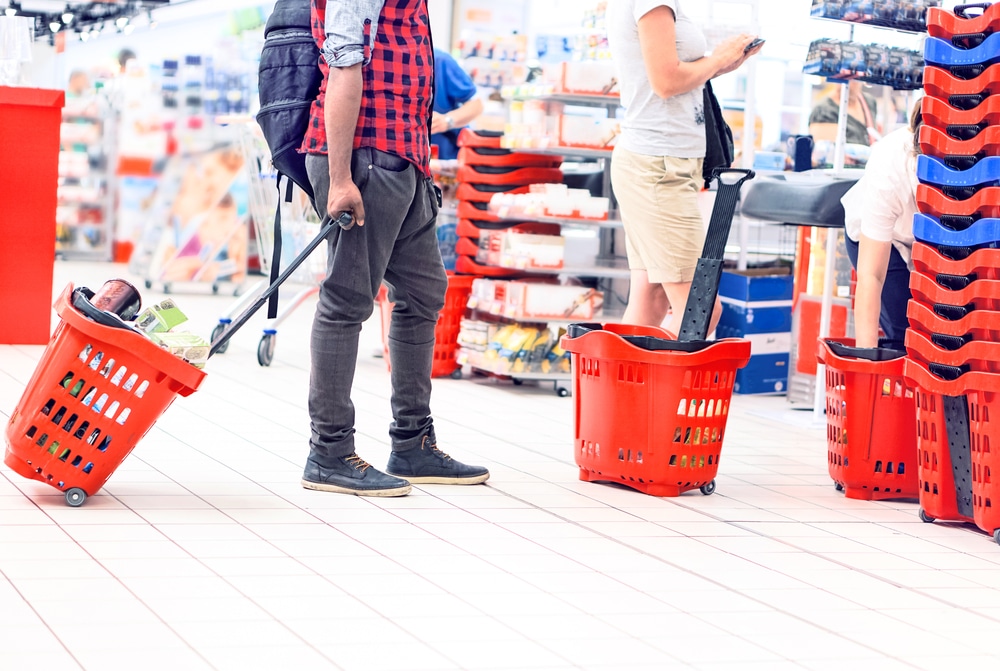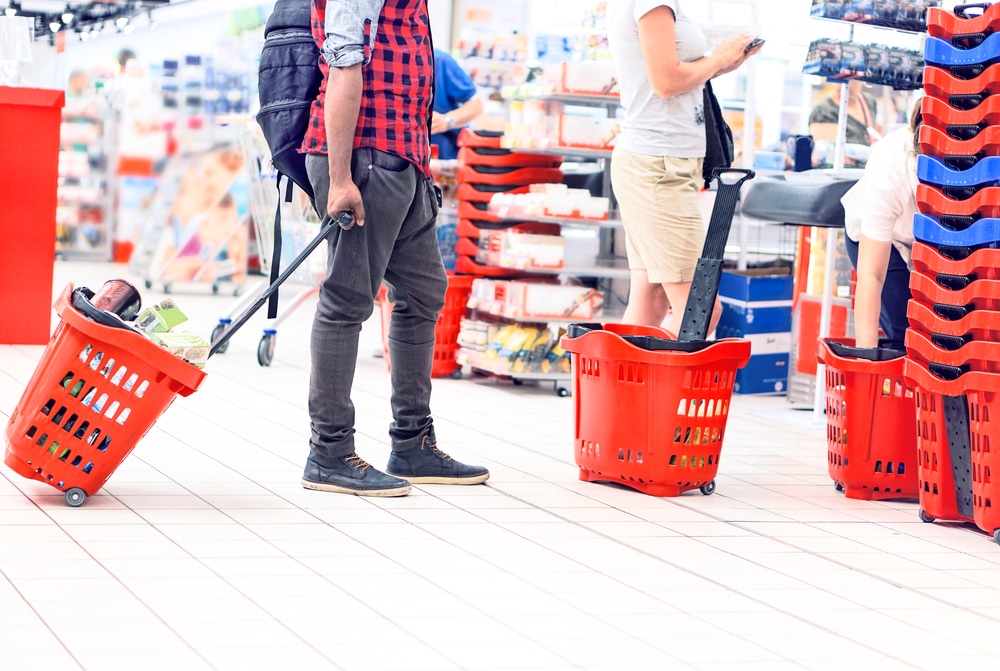Customer loyalty programs are a challenge in the CPG industry as consumers typically don’t carry brand-specific loyalty cards. Instead, they prefer to simplify and consolidate their rewards programs with third-party shopping apps. CPG brands that wish to convert loyalty into sales must learn to optimize their products for customer loyalty programs in retail and connect with third-party developers to reach broader audiences.
Some brands have managed to create their own loyalty programs with powerful sales-driving results. These brands have large portfolios of products which allow them to offer consumers rewards and incentives for many of their purchases. For brick-and-mortar sales, third-party programs can also help to guide consumers to products in the aisle and reward them for interaction. Such programs offer added value to consumers, making it much easier for CPG brands to gain followers who will purchase products.
How CPG Brands Succeed With Proprietary Loyalty Programs
The biggest challenge in developing customer rewards programs for CPG brands stems from their lack of point of sale (POS) access. Retailer-specific programs typically tie in the POS to streamline rewards collection and redemption. POS integration simplifies the experience for the consumer, making them far more likely to participate. To integrate POS at a brand level would be expensive, difficult to manage, and likely impossible.
One alternative is to create unique package codes which can be activated after purchase. These unique identifiers allow brands to issue rewards for buying the product, but consumers are responsible for activating the code manually on a company-maintained website. A simpler alternative is receipt uploads. Consumers can use their phone’s camera to take a quick picture of their receipt and have the purchase verified by the brand automatically. This feature saves time in the rewards redemption process, making participation much more likely.
 This strategy is one Kellogg’s manages effectively through its Kellogg Family Rewards program. With it, consumers can upload codes and scan receipts to receive rewards for any Kellogg’s products they purchase. They can then redeem those rewards for branded merchandise or gift cards from select retailers. This program is very popular, with its Facebook page alone boasting about 160,000 followers.
This strategy is one Kellogg’s manages effectively through its Kellogg Family Rewards program. With it, consumers can upload codes and scan receipts to receive rewards for any Kellogg’s products they purchase. They can then redeem those rewards for branded merchandise or gift cards from select retailers. This program is very popular, with its Facebook page alone boasting about 160,000 followers.
Of course, for those without a portfolio as extensive as Kellogg’s, it may be impractical to offer a branded rewards program. Consumers will only participate if they think there is a return, and for brand’s offering only a few products, it would take a very long time to see one. In that case, brands will need to work with retailers and third parties to use loyalty programs to increase sales.
Retailer and Third-Party Customer Loyalty Programs for Growing CPG Sales
Retailers and third-party developers offer rewards programs that CPG brands can leverage to drive loyalty and guide consumers to products in the aisle and online. Most CPG brands should use a combination of third-party programs and retailer rewards to reach the widest audience possible.
Amazon Prime serves as an excellent example of how CPG brands can partner with retailer-based rewards programs. In this case, Prime participants come from a pool of FBA (Fulfillment by Amazon) brands who have the highest metrics concerning sales, ratings, and reviews. Brands can leverage Amazon to optimize their product listings to gain the best metrics for inclusion.
By participating in Amazon’s Prime program, brands enjoy heightened product visibility and incentivize consumers with free or low-cost shipping. As Prime is in 90 million households, these brands also benefit from exposure to a broader audience. Of course, the trick to this program is getting listed. Brands have little control over what Amazon picks and can’t merely opt-in by paying for inclusion. Participation is all about online reputation management.
Customer loyalty programs can work to increase sales, provided brands choose the types that best speak to their demographics.
Another option is to work with a third-party shopping app like Shopkick. Such programs are essentially coalition rewards systems that combine hundreds of brands and retailers under one app. As this is the case, they boast wider, more diverse audiences. They also encourage in-store participation, which helps to drive sales. Consumers can earn rewards points simply by scanning specific products with their phone’s cameras, but also for purchasing these products and uploading their receipt. The incentive motivates them to seek out products and interact with them, which in turn increases sales and helps improve positive brand affinity.
Customer loyalty programs can work to increase sales, provided brands choose the types that best speak to their demographics. Existing brands with broad product portfolios may find branded apps are best for them. Smaller brands or those with niche followings may look to retailer apps as well as third-party programs to incentivize consumers. In either case, by rewarding consumers for loyalty, brands increase sales and improve their market share.
Shopkick works with our partners to improve in-store sales by incentivizing consumers with our intuitive app. To use our app as a tool for boosting product engagement, contact us.
Image courtesy of Akhenaton Images





